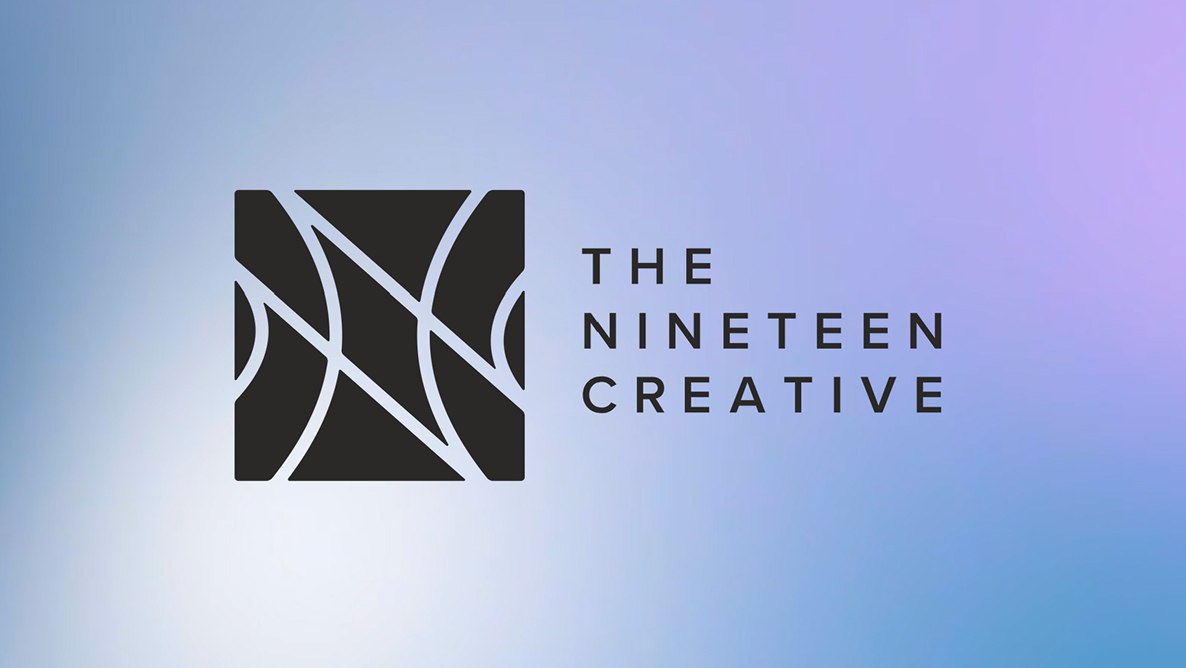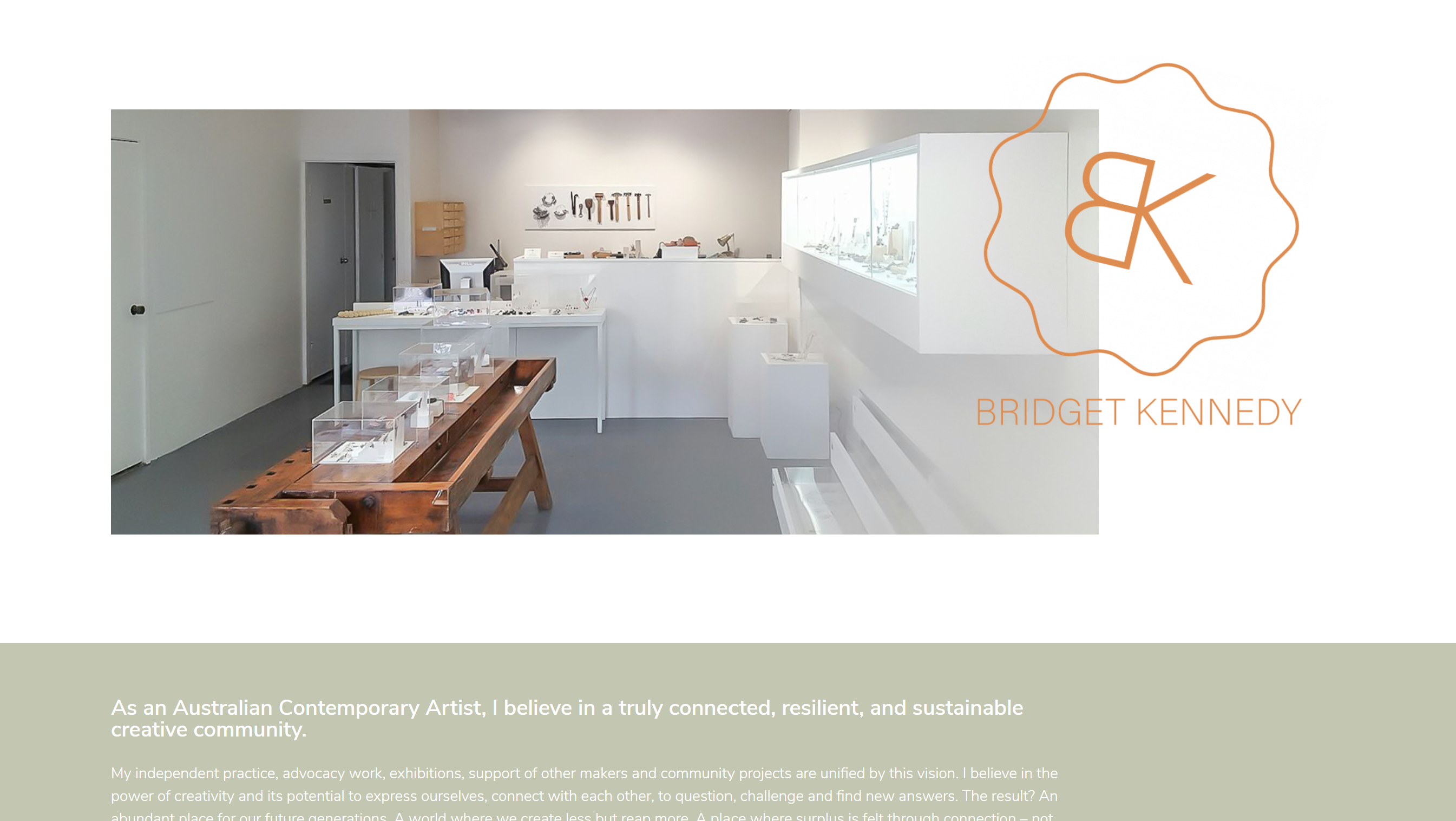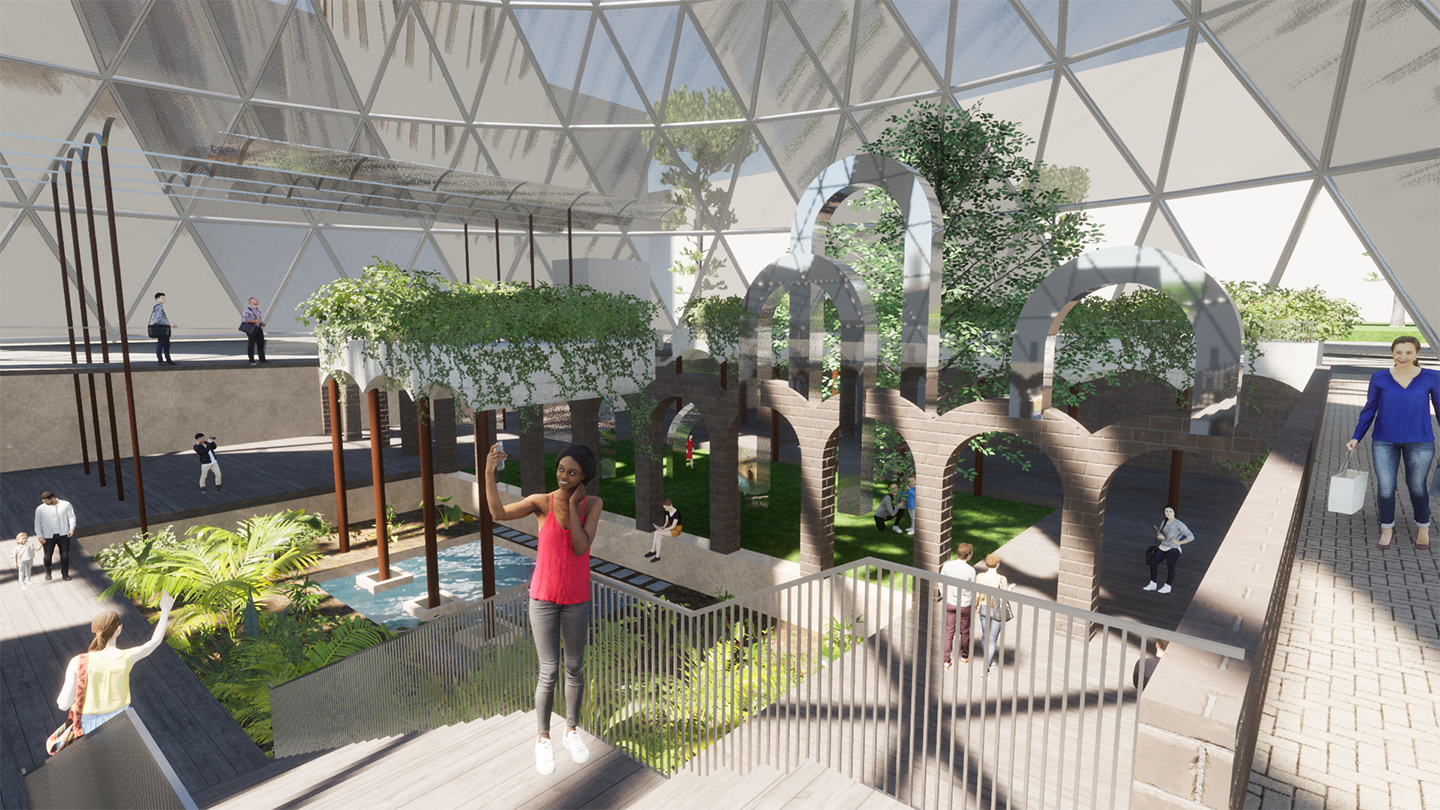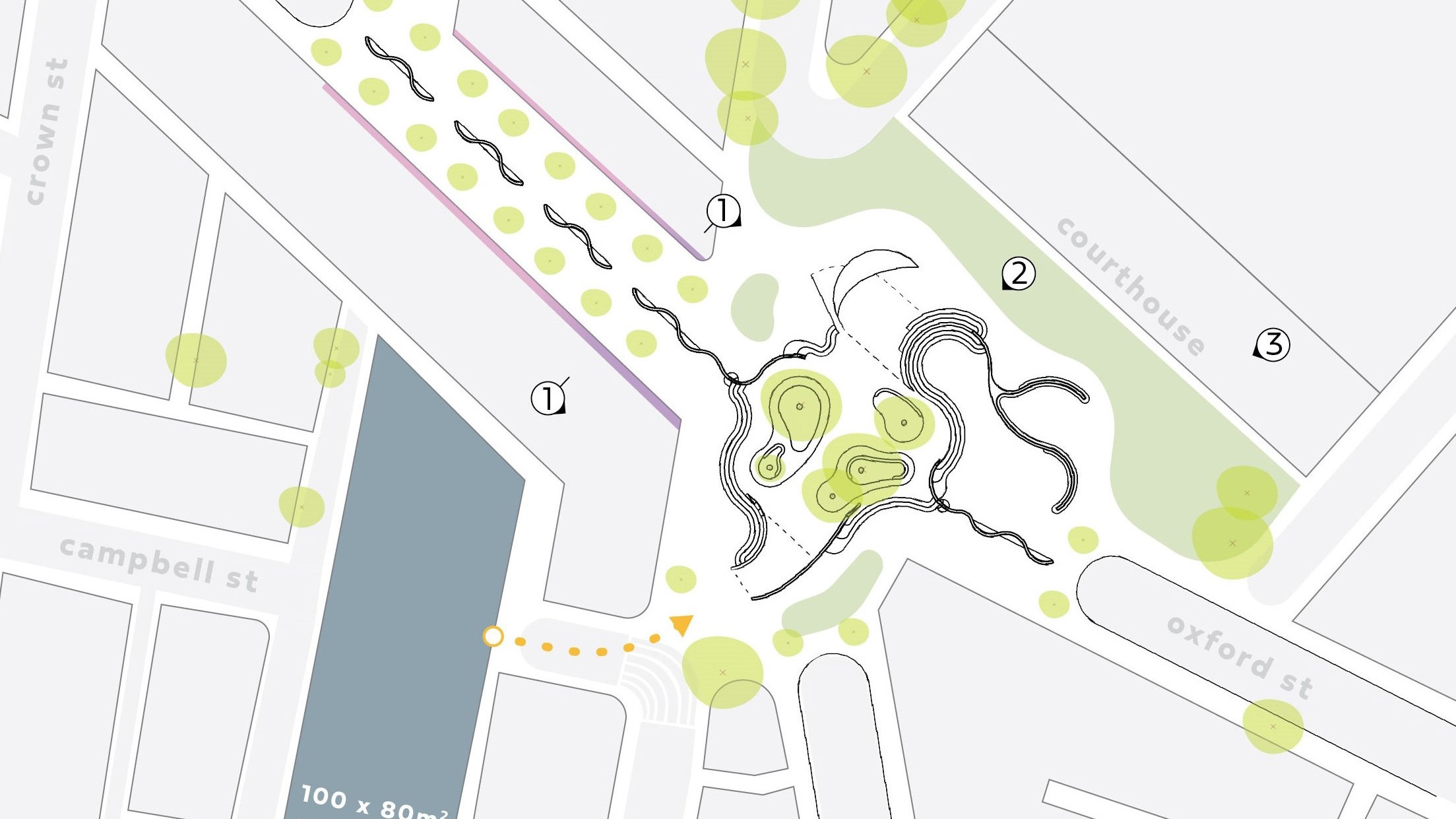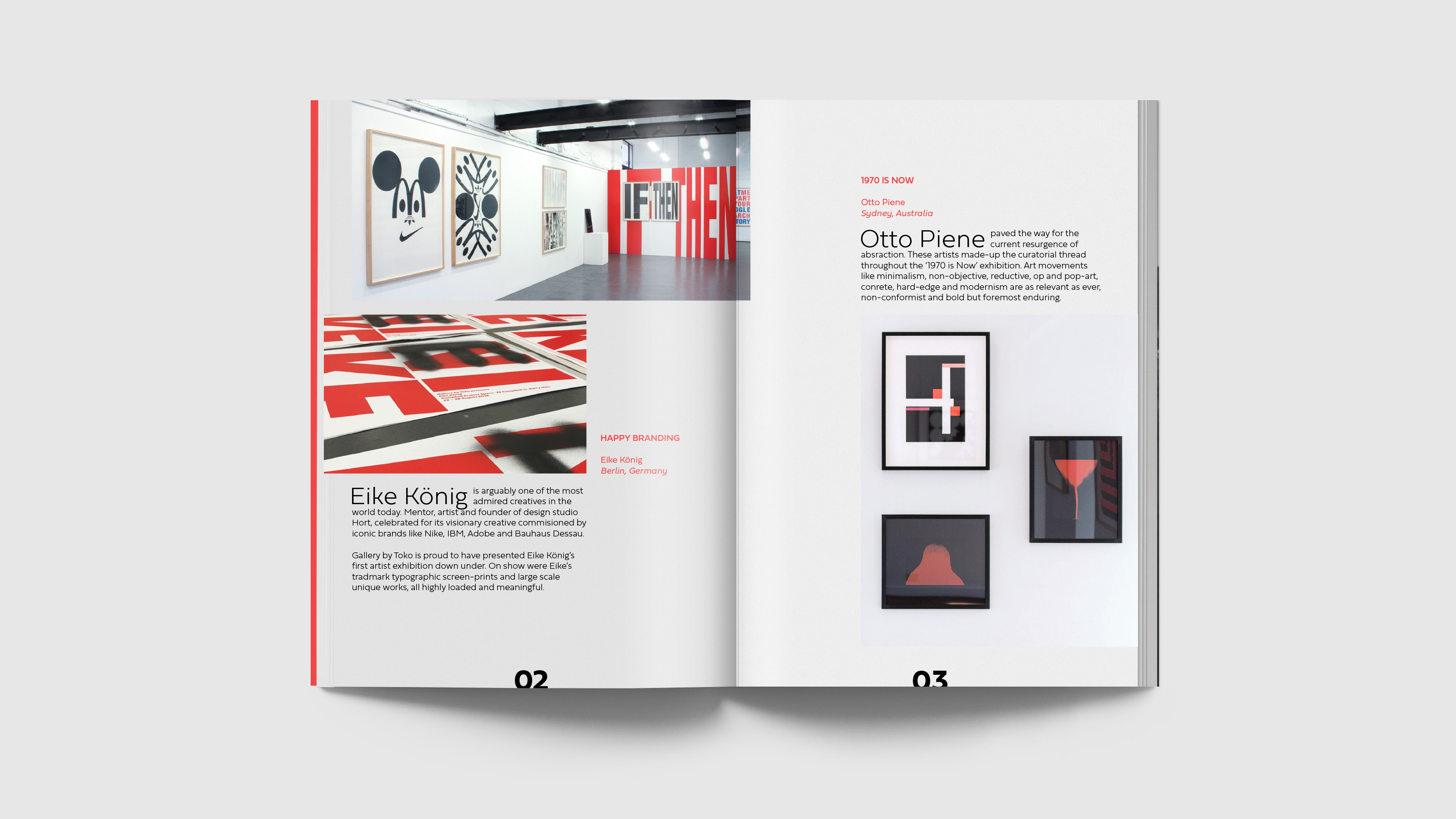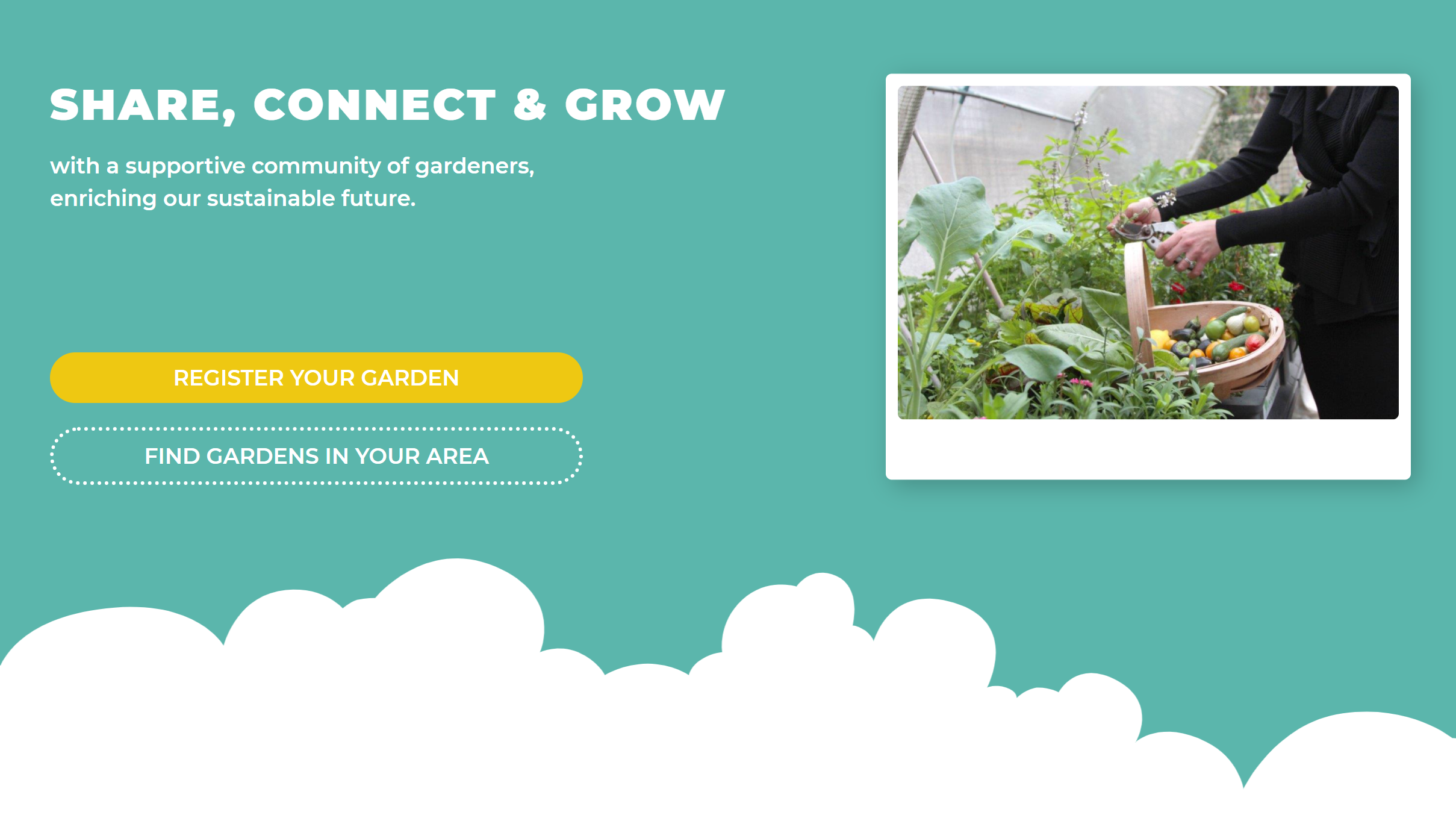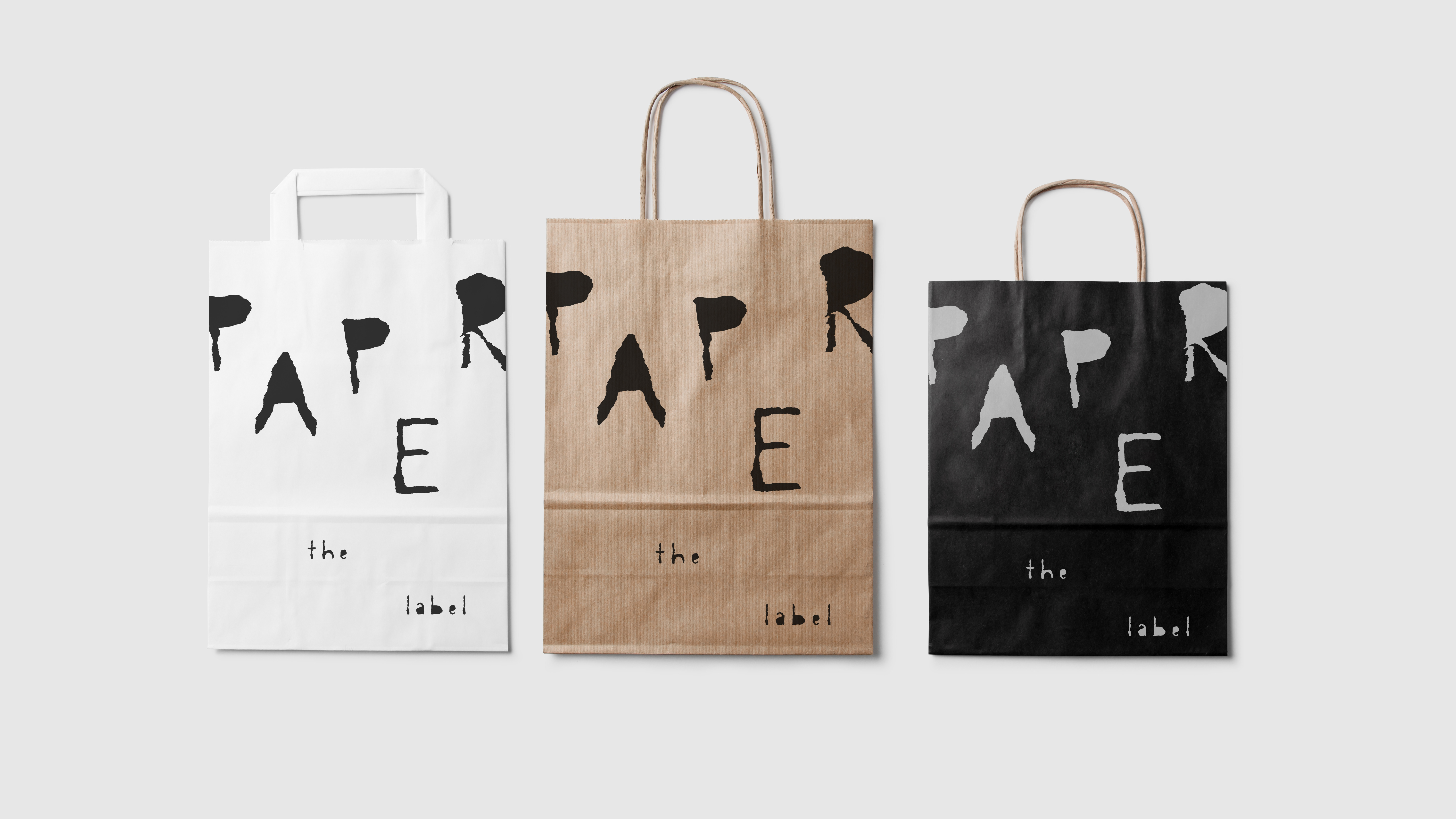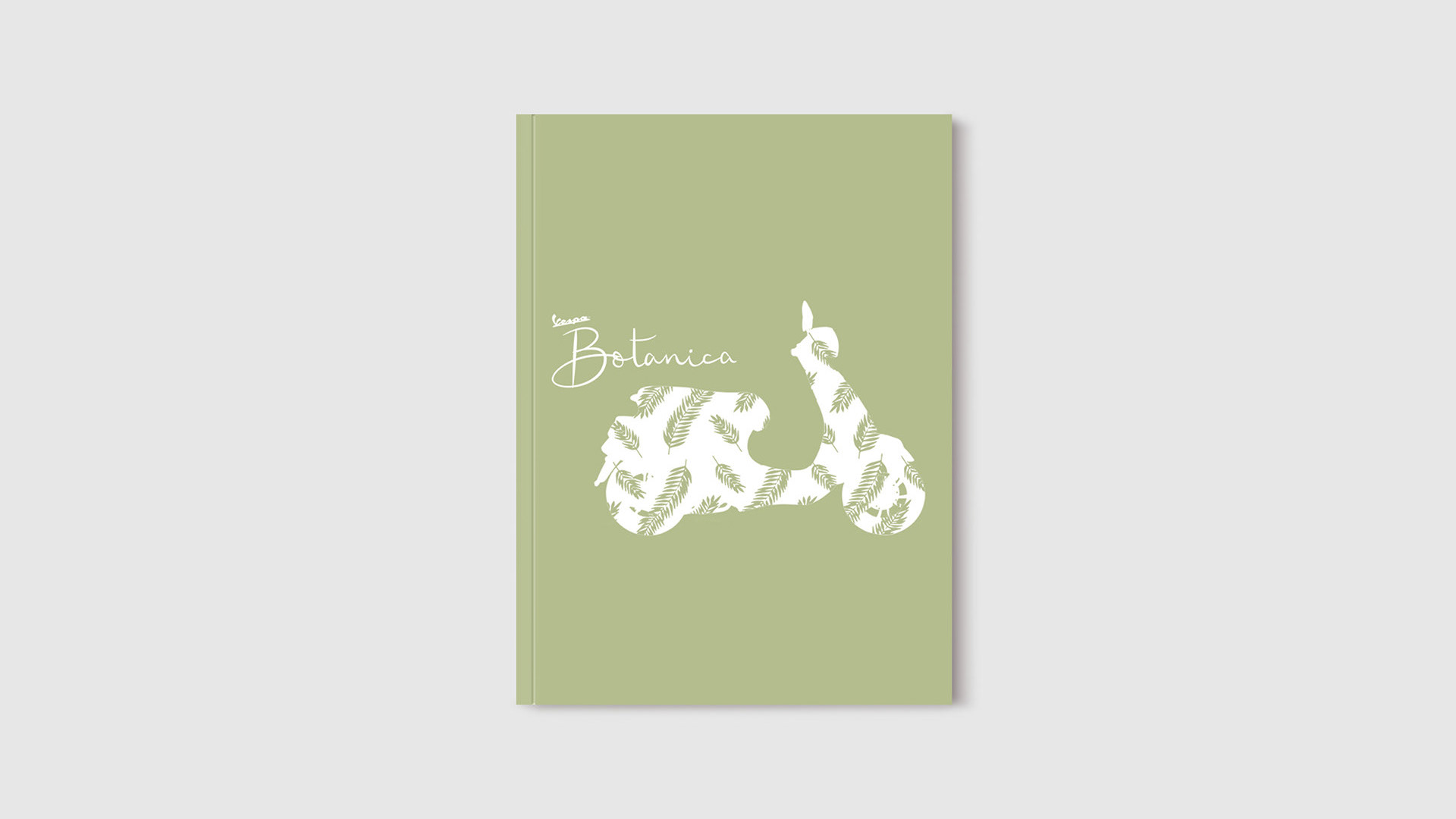How might we connect to Nature and the organic in a digital future?
Our reality is becoming increasingly digital, even more so due to COVID-19. As we move away from the physical realm and into the digital, it can be assumed we simultaneously move away from nature and anything related to it. Handcrafted objects, botanical motifs, indoor plants, or the Romanticism of places untouched by humans - however you define it, it is evident that we’ve developed an affiliation towards the idea of ‘Nature’. In some cases, this is known as Biophilia, and has been proven to benefit our wellbeing. Therefore, it is not surprising to notice a trend between the global decline in mental health and a year spent deprived of environmental stimulation.
As a speculative project, the aim of Transcendence is not to provide a solution, but rather to spark thought and discussion. Audience members are encouraged to evaluate their connection (or reconnection) to Nature and the organic, and consider how they could integrate sensory techniques into their daily life, in a future society where the divide between digital and physical realms are even more blurred.
Scan the QR code or click the image below, to visit Transcendence.
Headphones and landscape viewing are recommended.
Headphones and landscape viewing are recommended.
Transcendence is a spatial concept that gradually transports individuals through an immersive experience of Natural and organic forms, using a blend of digital and physical mediums. Referencing techniques in immersive technology and Salutogenics, we gain insight into how activating the 5 senses allows us to effectively connect to an environment, in a way that develops a deeper understanding of our reality. Similar to techniques used for anxiety, the result is grounding and draws you into the present moment, making it beneficial even when not experiencing distress.
Inspired by noticing the details in Nature, visitors to Transcendence are first introduced to non-visual senses - auditory, olfactory and tactile - all while following a winding, rising trail. Translucent curtains intermittently drape the trail like soft walls that respond to movements and breezes that pass by. As the trail progresses, the curtains transition into solid panels and individuals would have endured the physical yet grounding effort it takes to walk up an incline. This, combined with the other non-visual senses collected along the way, creates a gradual transportation towards full immersion. As a sensory climax, projected visuals are introduced in a final room, specific to the sounds and smells experienced prior. The circular layout encases visitors in 360 degrees of visuals, in a space free of time and society’s fast-paced mindset. With a shared entrance and exit, individuals are transported out in the opposite motion to entering. It is as if retracing their steps, easing down the trail, exhaling back into reality.
Rather than the typical architectural pin-up, this spatial concept is presented through two digital posters that focus on the experience. The majority of the project, including spatial and graphic design, are influenced by environmental observations and physical drawing, yet presented digitally. In addition, Japanese katakana is incorporated, further symbolising the future, digitalisation, wabi sabi and minimalism. These highlight the blurred divide between physical and digital realms. Overall, the interactive and scrolling motion of the posters create a somewhat meditative experience that replicates that of the physical installation.




